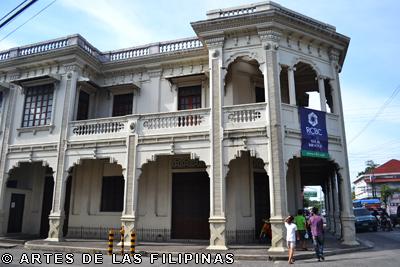
Silay’s Ancestral Houses: The Glory of the Past
by: Jericho Paul Santos
January 2013--A physical structure has no significance to the community if it does not have some corresponding stories that help shape the people surrounding it. This reason has contributed to the preservation of the family structures in the city of Silay.
The city of Silay in Negros Occidental, 14 kilometers North, was one of the cities in the province that reaped the success of the sugar industry boom. Its golden age was between late 19th century and the early year before the Second World War. The houses were the seat of the privileged clans of the city. But the damage of the War and the decline of the sugar industry led to the return to its laid back atmosphere.

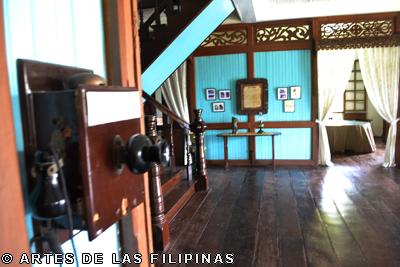
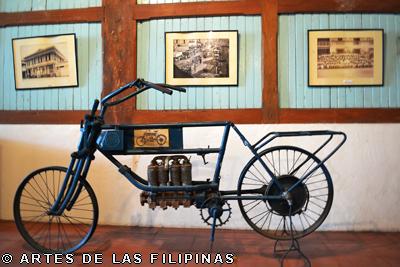
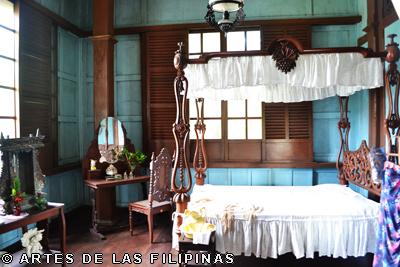
This ancestral house is home to one of the finest paintings by Filipino artists. Currently, it is still an occupied residence of the charismatic owner, Ramon Hofileńa. Antiques of the Hofileńa family are seen inside the house along with their old dining sets and family portraits and wood printing in Negros was first contained in this house.


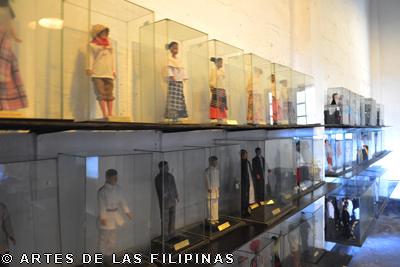
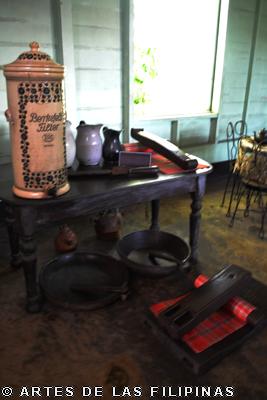
Fernandez Doreen. Feasts and Feats: Festschrift for Doreen G. Fernandez. Quezon CIty: Ateneo de Manlia University. 2000.
Libosada, Carlos. Domestic Tourism. Manila. Anvil Publishing. 2003.
Maramba, Asuncion David. Seven in the Eye of History. Manila: Anvil Publishing. 2000.
Recent Articles
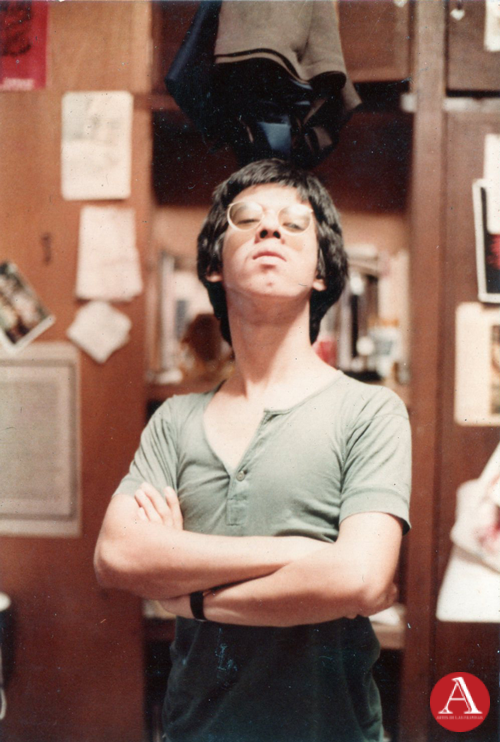 FEDERICO SIEVERT'S PORTRAITS OF HUMANISM
FEDERICO SIEVERT'S PORTRAITS OF HUMANISMJUNE 2024 – Federico Sievert was known for his art steeped in social commentary. This concern runs through a body of work that depicts with dignity the burdens of society to...
.png) FILIPINO ART COLLECTOR: ALEXANDER S. NARCISO
FILIPINO ART COLLECTOR: ALEXANDER S. NARCISOMarch 2024 - Alexander Narciso is a Philosophy graduate from the Ateneo de Manila University, a master’s degree holder in Industry Economics from the Center for Research and...
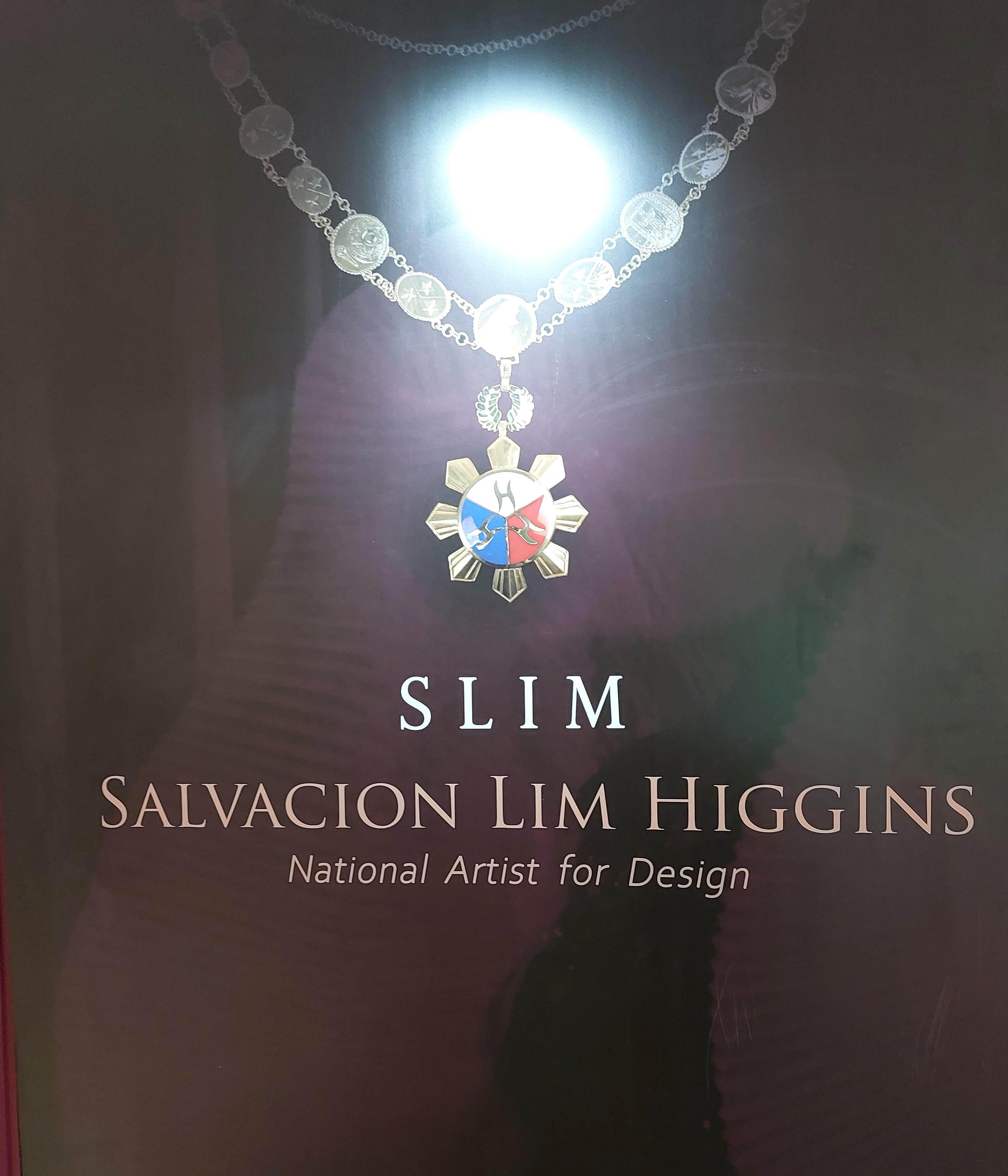 An Exhibition of the Design Legacy of Salvacion Lim Higgins
An Exhibition of the Design Legacy of Salvacion Lim HigginsSeptember 2022 – The fashion exhibition of Salvacion Lim Higgins hogged the headline once again when a part of her body of work was presented to the general public. The display...
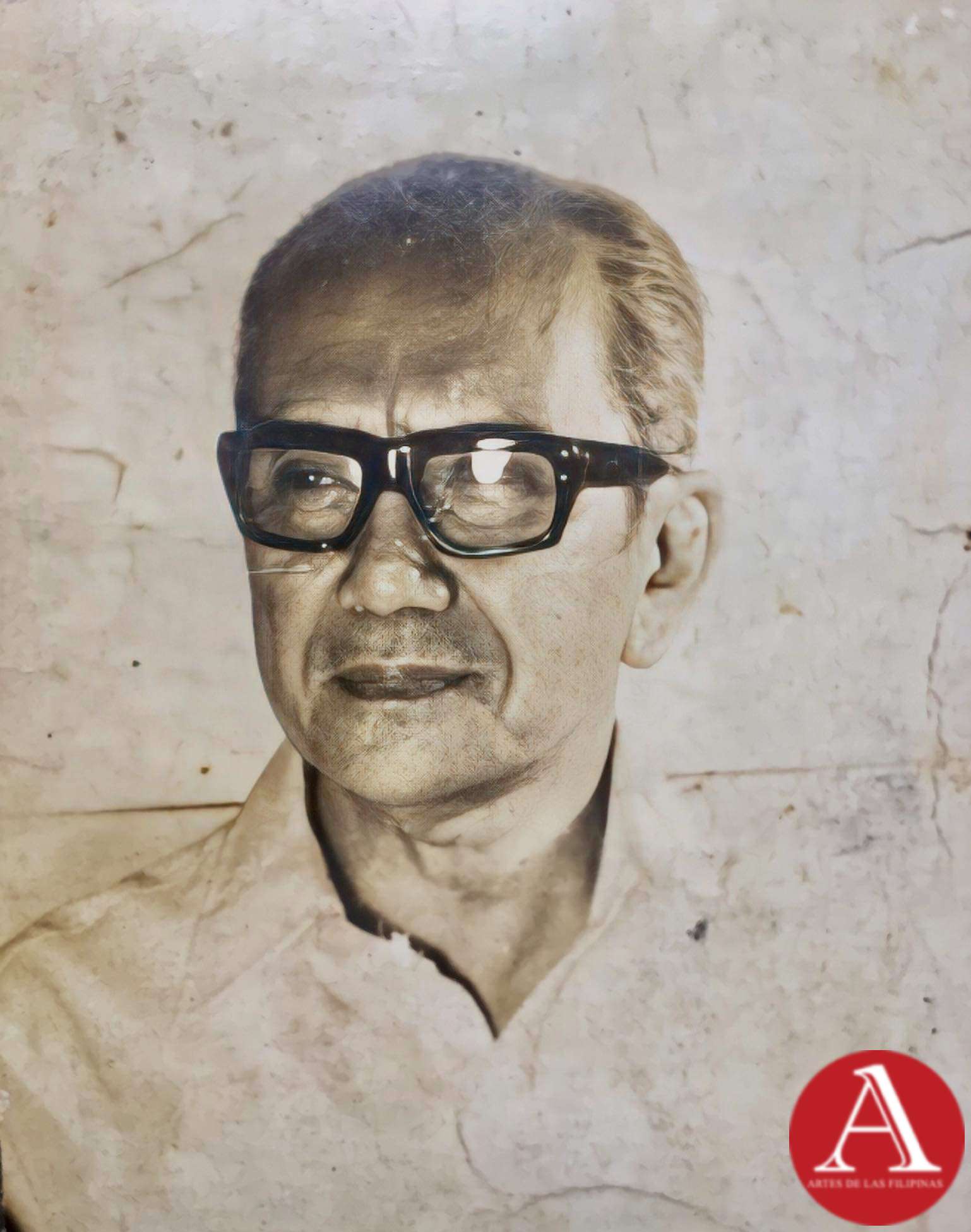 Jose Zabala Santos A Komiks Writer and Illustrator of All Time
Jose Zabala Santos A Komiks Writer and Illustrator of All TimeOne of the emblematic komiks writers in the Philippines, Jose Zabala Santos contributed to the success of the Golden Age of Philippine Komiks alongside his friends...
 Patis Tesoro's Busisi Textile Exhibition
Patis Tesoro's Busisi Textile Exhibition
The Philippine Art Book (First of Two Volumes) - Book Release April 2022 -- Artes de las Filipinas welcomed the year 2022 with its latest publication, The Philippine Art Book, a two-volume sourcebook of Filipino artists. The...
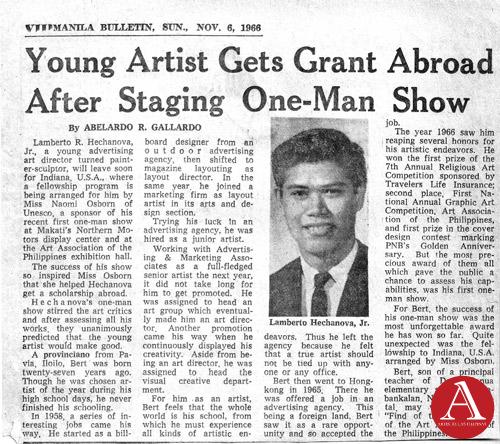 Lamberto R. Hechanova: Lost and Found
Lamberto R. Hechanova: Lost and FoundJune 2018-- A flurry of renewed interest was directed towards the works of Lamberto Hechanova who was reputed as an incubator of modernist painting and sculpture in the 1960s. His...
 European Artists at the Pere Lachaise Cemetery
European Artists at the Pere Lachaise CemeteryApril-May 2018--The Pere Lachaise Cemetery in the 20th arrondissement in Paris, France was opened on May 21, 1804 and was named after Père François de la Chaise (1624...
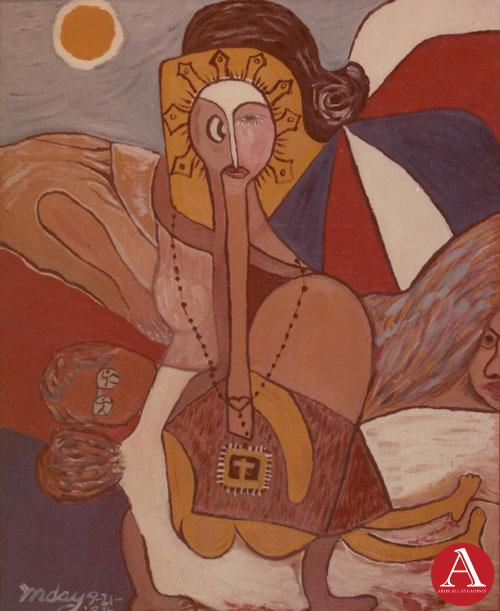 Inday Cadapan: The Modern Inday
Inday Cadapan: The Modern IndayOctober-November-December 2017--In 1979, Inday Cadapan was forty years old when she set out to find a visual structure that would allow her to voice out her opinion against poverty...
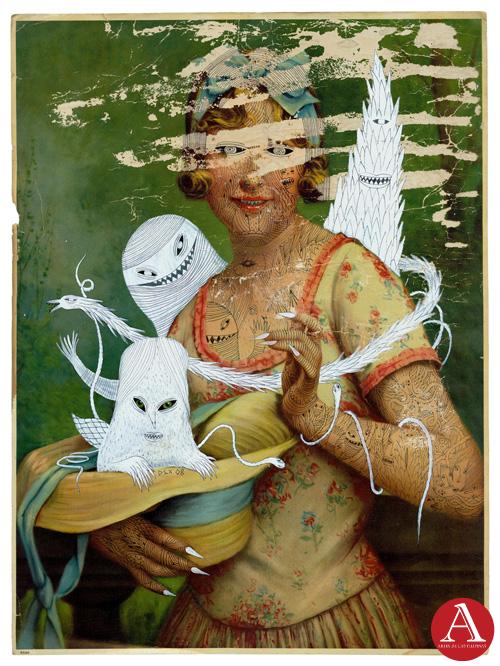 Dex Fernandez As He Likes It
Dex Fernandez As He Likes ItAugust-September 2017 -- Dex Fernandez began his art career in 2007, painting a repertoire of phantasmagoric images inhabited by angry mountains, robots with a diminutive sidekick,...




